William A. Thue0824799763, 9780824799762
Table of contents :
Electrical Power Cable Engineering……Page 1
SERIES INTRODUCTION……Page 3
FOREWORD……Page 4
PREFACE……Page 6
CONTRIBUTORS……Page 10
CONTENTS……Page 8
2. EARLY TELEGRAPH LINES……Page 11
Table of Contents……Page 0
4. DISTRIBUTION OF ENERGY FOR LIGHTING……Page 13
5. PAPER INSULATED CABLES……Page 15
6. EXTRUDED DIELECTRIC POWER CABLES……Page 16
8.0 TROUBLE IN PARADISE……Page 17
9. MEDIUM VOLTAGE CABLE DEVELOPMENT……Page 18
10. REFERENCES……Page 20
2. AIR INSULATED CONDUCTORS……Page 22
3. INSULATING TO SAVE SPACE……Page 23
4. AS THE VOLTAGE RISES……Page 24
4.1 The Insulation Shield……Page 25
4.3 Shielding Layer Requirements……Page 27
5.1 Medium Voltage Shielded Cables……Page 28
5.1.4 Dielectric Field…….Page 29
5.2.2 Conductor Shield…….Page 30
5.2.9 Jacket or Outer Coverings…….Page 31
6. REFERENCES……Page 32
2. MATERIAL CONSIDERATIONS……Page 33
2.4 Voltage Regulation……Page 34
3.1 American Wire Gauge……Page 35
3.2 Circular Mil Sizes……Page 36
4.1 Concentric Stranding……Page 37
4.4 Bunch Stranding……Page 39
4.6 Sector Conductors……Page 40
4.9 Unilay Conductors……Page 41
5.3 Temper……Page 42
6. STRAND BLOCKING……Page 43
7.1 Conductor dc Resistance……Page 44
7.3 Skin Effect……Page 45
7.5 Cables in Magnetic Metal Conduit……Page 46
8. REFERENCES……Page 47
1.2 133 Percent Level……Page 48
2.1 Cable Insulation Resistance……Page 49
2.1.1 Volume Insulation Resistance…….Page 50
2.1.3 dc Charging Current…….Page 51
2.3 Cable Capacitance……Page 53
2.5 Charging Current for Alternating Current Operation……Page 55
2.7 Mutual Inductance in Cables……Page 56
2.9 Total Cable Reactance……Page 57
2.10 Cable Dissipation Factor……Page 58
2.11.2.1 ac Dielectric Strength…….Page 59
3.1 Resistance……Page 60
3.4 Conductivity……Page 61
3.7 Reactance……Page 62
4. REFERENCES……Page 63
1.0 INTRODUCTION……Page 64
2.1 Polyethylene……Page 66
2.2 Crosslinked Polyethylene……Page 73
2.2.1 Peroxide Induced Crosslinking…….Page 75
2.3 Tree Retardant Crosslinked Polyethylene……Page 79
2.4 Ethylene Copolymer Insulations……Page 80
3. PAPER INSULATED CABLES……Page 83
5. JACKETS……Page 85
6. COMPARISON OF INSULATING MATERIALS……Page 86
7. REFERENCES……Page 89
1. INTRODUCTION……Page 91
2. STRUCTURE-PROPERTY RELATIONSHIPS……Page 92
3.0 DIELECTRIC CONSTANT AND POWER FACTOR……Page 96
4. DIELECTRIC STRENGTH……Page 98
6. REFERENCES……Page 104
2. CONDUCTOR SHIELDING……Page 105
3.2 Metallic Shield……Page 107
4. SHIELDING OF LOW VOLTAGE CABLES……Page 108
4.2 Magnetic Fields……Page 109
5. REFERENCES……Page 110
2. THERMOPLASTIC JACKETS……Page 111
2.1. Polyvinyl Chloride (PVC)……Page 112
2.2 Polyethylene……Page 113
3. THERMOSETTING JACKETING MATERIALS……Page 114
3.3 Chlorosulphanated Polyethylene (CSPE)……Page 115
4.1 Interlocked Armor……Page 116
4.2 Round-Wire Armor……Page 117
5. REFERENCE……Page 119
2.1 ICEA……Page 120
4. AEIC……Page 121
7.1.3 Temper…….Page 122
7.2 Conductor Shielding……Page 123
7.3 Insulations……Page 124
7.3.2 Ethylene Propylene Rubber…….Page 125
7.4.1 Strip Tension…….Page 126
7.4.2 Resistivity…….Page 127
7.5 Metallic Insulation Shields……Page 128
7.6 Cable Jackets……Page 129
8. REFERENCES……Page 130
2.1 Wire Drawing……Page 132
3.1 Insulating and Jacketing Compounds……Page 133
3.3 Curing……Page 134
3.4 Cooling……Page 135
4.2 “Two Pass” Extrusion……Page 136
4.3 “Single Pass” Extrusion……Page 137
4.5 Assembly……Page 138
5.3 Cabling……Page 139
5.4 Impregnating Compounds……Page 140
5.5 Drying and Impregnating……Page 141
5.8 Control of the Cooling Cycle……Page 142
6.2 Testing Medium Voltage Cables……Page 144
7. REFERENCES……Page 145
1. INTRODUCTION……Page 146
2.1 Maximum Allowable Tension on Conductors……Page 147
2.2 Pulling Tension Calculations……Page 148
2.4 Sidewall Bearing Pressure (SWBP)……Page 149
2.5.2 Triangular Configuration…….Page 151
2.5.3 Weight Correction Factor…….Page 152
2.5.4 Jamming of Cables…….Page 153
3.1 Tension Out of a Horizontal Bend……Page 155
3.2 Which Direction to Pull?……Page 157
4.1 Research Results……Page 158
5. REFERENCES……Page 159
2. TERMINATION THEORY……Page 161
2.2 Voltage Gradient Terminations……Page 163
3.3 Paper Insulated Cable Terminations……Page 165
3.5 Separable Connectors (Elbows)……Page 167
4.1 Jointing Theory……Page 169
4.2.2 Connecting the Conductors…….Page 171
4.2.4 Shield Materials…….Page 172
4.2.6 Premolded Splices…….Page 173
5. ALTERNATE DESIGNS……Page 175
6. SELECTION OF JOINTS AND TERMINATIONS……Page 176
7. REFERENCES……Page 177
2. SOIL THERMAL RESISTIVITY……Page 178
3. AMPACITY CALCULATIONS……Page 179
3.2 Load Factor……Page 180
3.4 Conductor Loss……Page 181
3.4.1 Direct-Current Conductor Resistance…….Page 182
3.4.2 Alternating-Current Conductor Resistance…….Page 183
3.6 Metallic Shield Losses……Page 184
4.1 The Internal Thermal Circuit for a Shielded Cable with Jacket……Page 186
4.3. Cable Internal Thermal Circuit Covered by Two Dissimilar Materials, Continuous Load……Page 187
4.5. Same Cable as Example 3, but with Cyclic Load……Page 188
4.8 External Thermal Circuit, Cable Buried in Earth, Load May Be Cyclic, External Heat Source May Be Present……Page 189
5.1 General……Page 190
6.2 Computer Programs……Page 191
7. REFERENCES……Page 192
1. GENERAL……Page 194
2. CABLE IS A TRANSFORMER……Page 195
3.2 Shield Losses……Page 196
3.3 Shield Capacity……Page 197
4.1 Advantages……Page 199
5.3 Background……Page 200
5.4 Single Point Bonding Methods……Page 201
5.5 Induced Sheath Voltage Levels……Page 203
5.6.1 Cross-Bonding…….Page 206
5.6.4 Continuous Cross-Bonding…….Page 207
6. REFERENCES……Page 208
1.1.1 Summary of Direct Voltage Testing…….Page 209
1.1.2 Summary of Alternative Test Methods…….Page 210
1.2 Need For Testing……Page 213
2.2 Performing LVDC Tests……Page 214
2.4 Summary of Advantages and Disadvantages……Page 215
3.1 Introduction……Page 216
3.2 Test Apparatus Requirements……Page 217
3.3 Characteristics of Test Systems……Page 218
3.4.3 Testing with System Voltage (Medium Voltage)…….Page 219
4.2 Measurement of Partial Discharge……Page 220
5.1 Introduction……Page 221
5.2.2 Measurement and Equipment…….Page 222
5.2.3 Advantages……Page 223
5.3.2 Measurement and Equipment…….Page 224
5.3.4 Disadvantages……Page 225
5.4.2 Measurement and Equipment…….Page 226
6.1 Introduction……Page 227
6.3 Method……Page 228
6.5 Advantages……Page 229
6.6 Disadvantages……Page 230
6.7.3 Advantages……Page 231
7.2 General Description of Test Method……Page 232
7.5 Test Apparatus……Page 233
7.6 Test Procedure……Page 234
8. REFERENCES……Page 235
1. INTRODUCTION……Page 236
4. FACTORS INFLUENCING WATER TREES……Page 237
6. TECHNICAL DISCUSSION OF TREEING……Page 238
7. METHYLENE BLUE DYING PROCEDURE……Page 240
9. REFERENCES……Page 241
2.1 Protective Margin……Page 243
2.5. Sparkover……Page 244
3. WAVE SHAPE AND RATE OF RISE……Page 245
4.1 Air Gaps……Page 246
5. NATURAL LIGHTNING STROKES……Page 248
6. TRAVELING WAVE PHENOMENA……Page 249
7. VELOCITY OF PROPAGATION……Page 250
8.1 Lead Lengths……Page 251
8.3 Ground Resistance / Impedance……Page 252
9. REFERENCES……Page 253
2. CABLE FAILURE DATA……Page 254
4. ANALYSIS OF DATA……Page 255
5.0 PRESENT SITUATION……Page 257
6. REFERENCES……Page 260
1.1 Electromotive Series……Page 261
1.2 Electrochemical Equivalents……Page 262
1.3 Hydrogen Ion Concentration……Page 263
2.1 Anodic Corrosion (Stray dc Currents)……Page 264
2.3 Galvanic Corrosion……Page 265
2.6 Local Cell Corrosion……Page 266
3. CONCENTRIC NEUTRAL CORROSION……Page 267
3.2 Mechanisms of Concentric Neutral Corrosion……Page 268
6.1 Resistivity Measurements of Neutral Wires……Page 270
7. REFERENCES……Page 271
CHAPTER 20: GLOSSARY……Page 273
1. Tables……Page 284
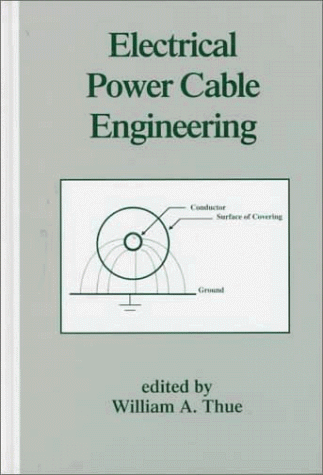
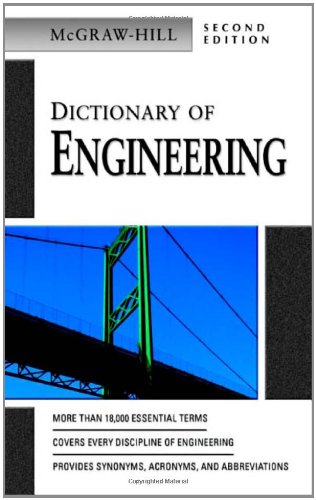

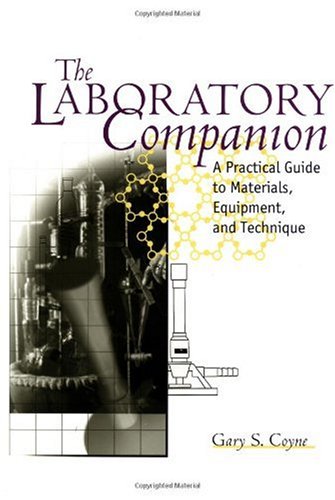
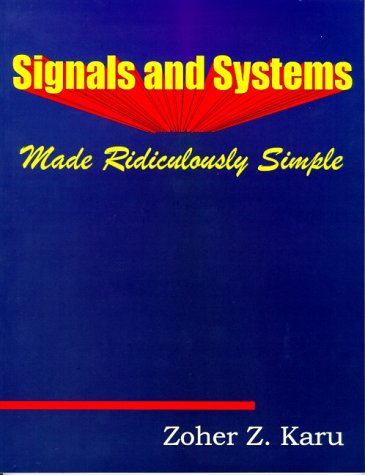
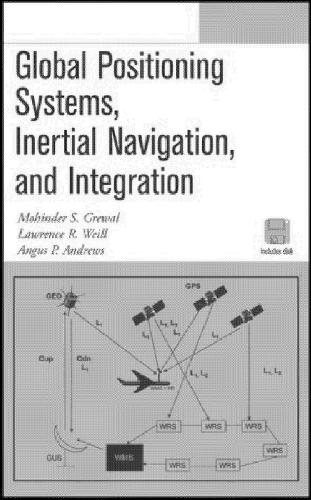
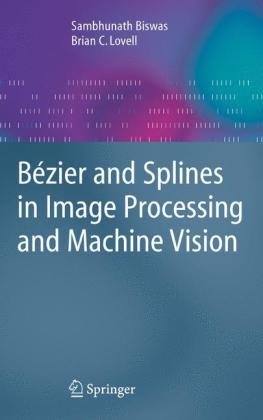
Reviews
There are no reviews yet.